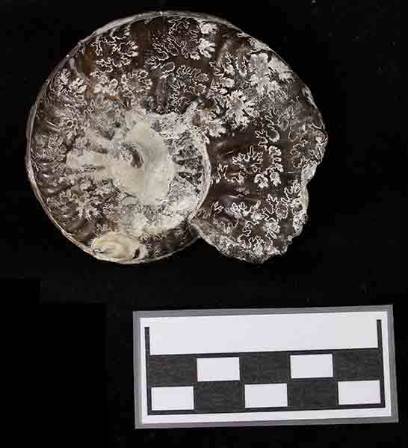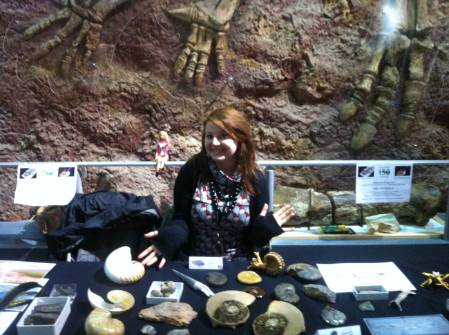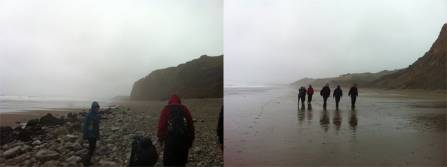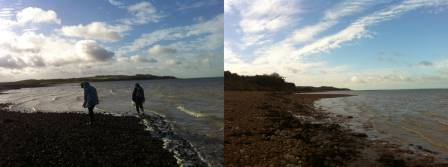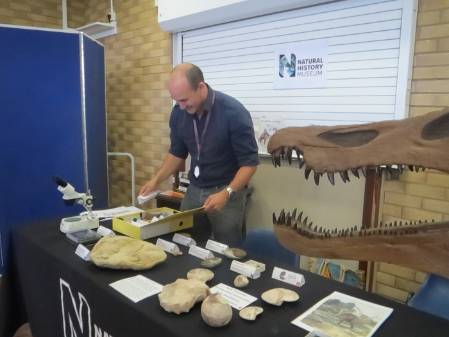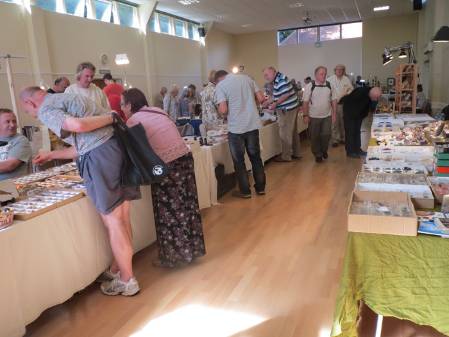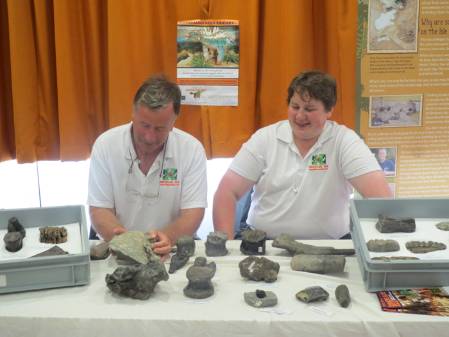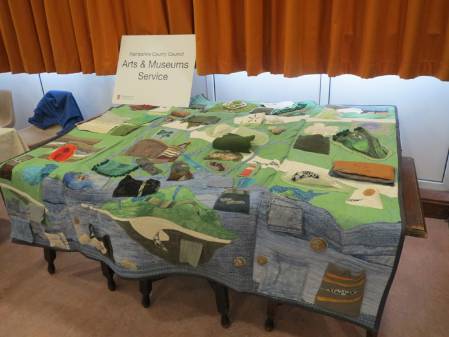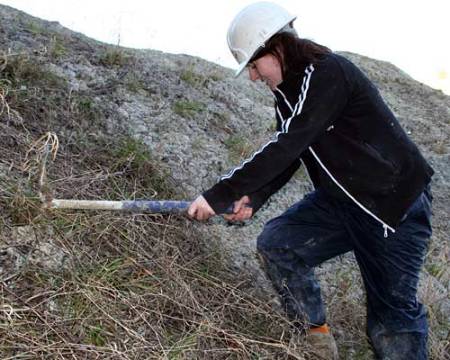The week before last (30 June - 4 July 2014) I had two enthusiastic work experience students working alongside me in the collections. Below are two short passages that I asked them to write about their time in the Museum.
Zechariah Francis
On my first day I was given a tour of the Museum, including the palaeontology building. The people that work here are very friendly. On my second day I learnt about type and figured specimens and then counted how many of each were in the Davidson collection of type and figured brachiopods. This was so Zoë had an accurate idea of how many were there, and to help her put together a bid for funding for a digitisation project.
An excellent experience being at the Museum was having a tour of the fossil mammal collection. The bones were massive and I was left speechless when I had the privilege to see a fossilised rhino-like animal.
My experience at the Natural History Museum has been memorable; it is an experience I will never forget. I have met dedicated scientists who have helped me understand the world of palaeontology. They have helped build a road which I will follow.
Thomas Miller
Over the past week I have been working in the palaeontology department with the Curator of Fossil Cephalopods and Brachiopods, Zoë Hughes. During this time I have been assigned many interesting activities that have given me a very good idea of what being a curator is like. These included counting the Davidson collection of brachiopods for a project, and cataloguing a large number of Ordovician nautiloids in preparation for a potential visiting researcher. I was particularly privileged to be able to work with the Jim Craig collection of Gault ammonites; photographing them for the Museum – it was also very useful to be able to learn how to use the brand new camera and stand.
One of the Photographs taken by Thomas of a Gault Clay ammonite.
Aside from working, I was also given a tour of the fossil mammal collection by Pip Brewer - this was very enjoyable and also let me see some different specimens to what I am used to working with.
Working in the museum showed me the scale of the collections and also the scale and importance of the work that goes on here. I am very grateful to Zoë and also Martin Munt for giving me this wonderful opportunity.
Huge thanks to both Zechariah and Thomas for all their hard work during the week!



